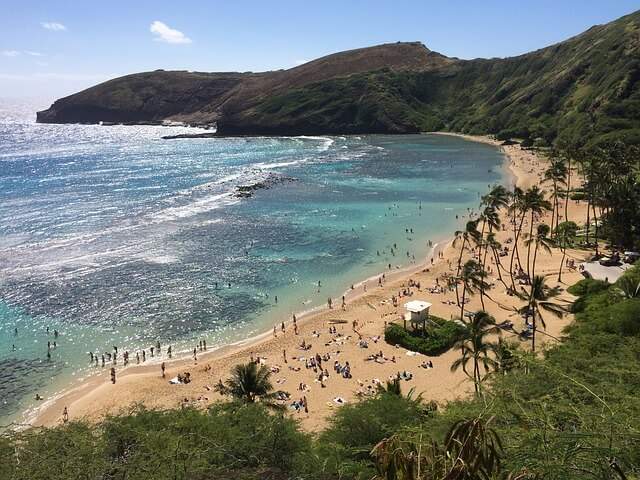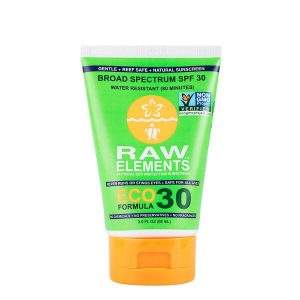“Eco-friendly” Innovation: A Sunscreen to Help Save Coral Reefs
Formulators, product planners and marketers alike have to deal with a mushrooming number of considerations when they’re developing new personal care products. Sunscreens, as we’ve noted, are one of the most complex segments they need to deal with thanks to the growth in regional and national regulation, the hue and cry that’s gathered around green and ethically-sourced products. Add to that the fact they’ve got to answer these demands while also creating products capable of competing in a globally-expanding category that shows no signs of stalling in its upward growth.

The problem is that oxybenzone causes coral bleaching, DNA damage, and “gross deformities of baby coral.” Since Hawaii’s tourist industry relies on maintaining the natural splendors the islands have been gifted with, that’s an obvious concern.
It’s also one that one enterprising marketer has turned into an opportunity. Aqua-Aston Hospitality is Hawaii’s biggest chain of hotels and resorts, and it’s teamed up with Raw Elements, a maker of eco-friendly, mineral-based sunscreen and skin care products, to provide visitors with an eco-friendly alternative. One that’s available for free for guests of the chain.
The sunscreen, also available for free at Honolulu’s Waikiki Aquarium, was originally formulated by the brand’s founder, a Rhode Island lifeguard. Containing 23% zinc oxide and black and green tea extracts, hemp seed oil, mango and cacao seed butters, among other ingredients, it supposedly delivers a lush and decadent skin feel.
Good cause, good marketing

It’s a case of marketers being agile in response to consumer sentiments and bigger trends, and formulating a solution that can offer a compelling point of difference that’s attractive to eco-minded sun worshippers and ordinary families alike. Even if the formulation didn’t happen in a lab or on a research campus, but at its inventor’s kitchen table.
Innovation springs from all manner of sources, though. It’s what should keep everyone, from the biggest worldwide brands on down, on their toes – and mindful of the fact that the consumer is going to call the shots, more than ever, as personal care markets keep evolving at a breakneck pace.
